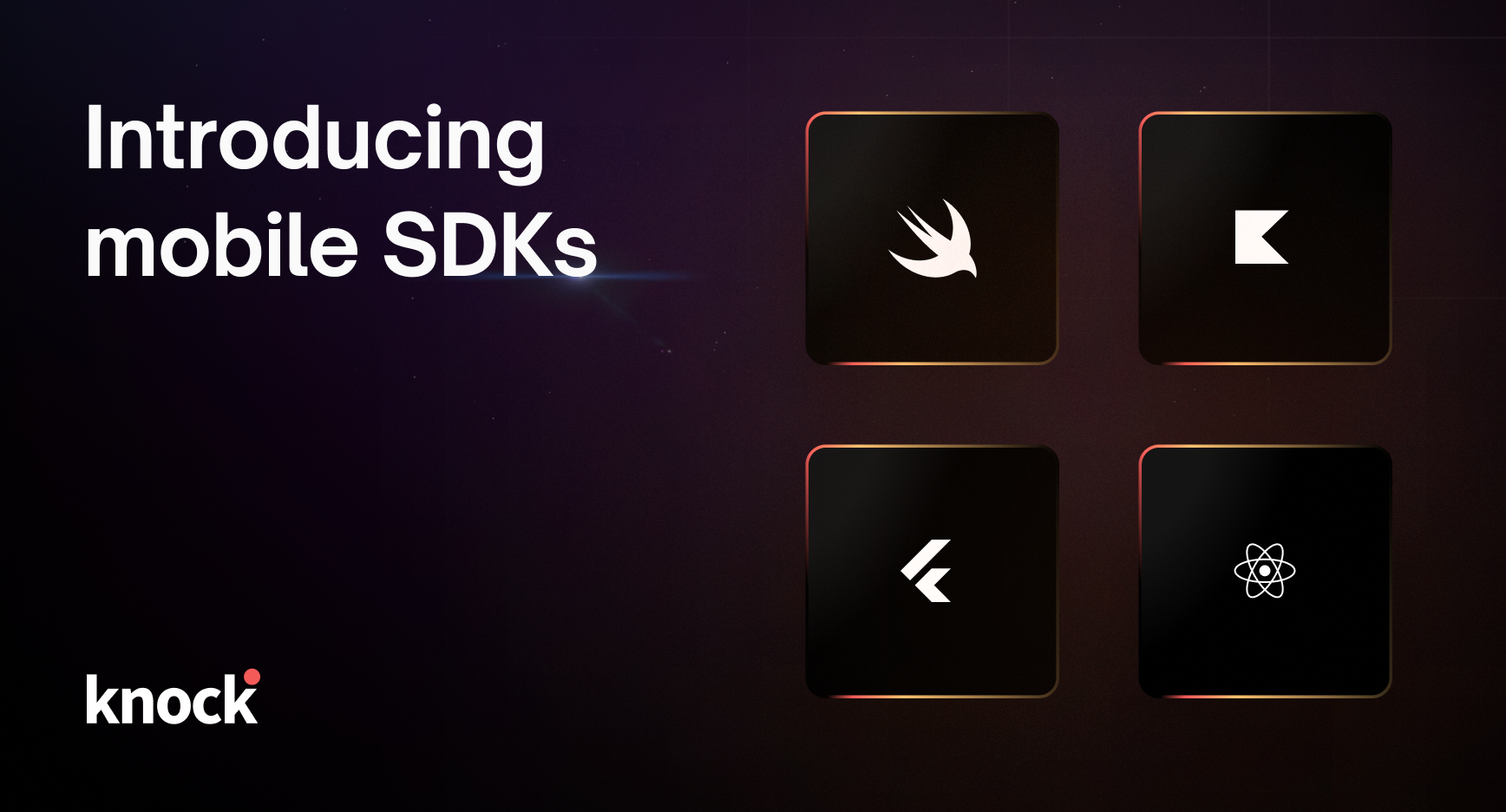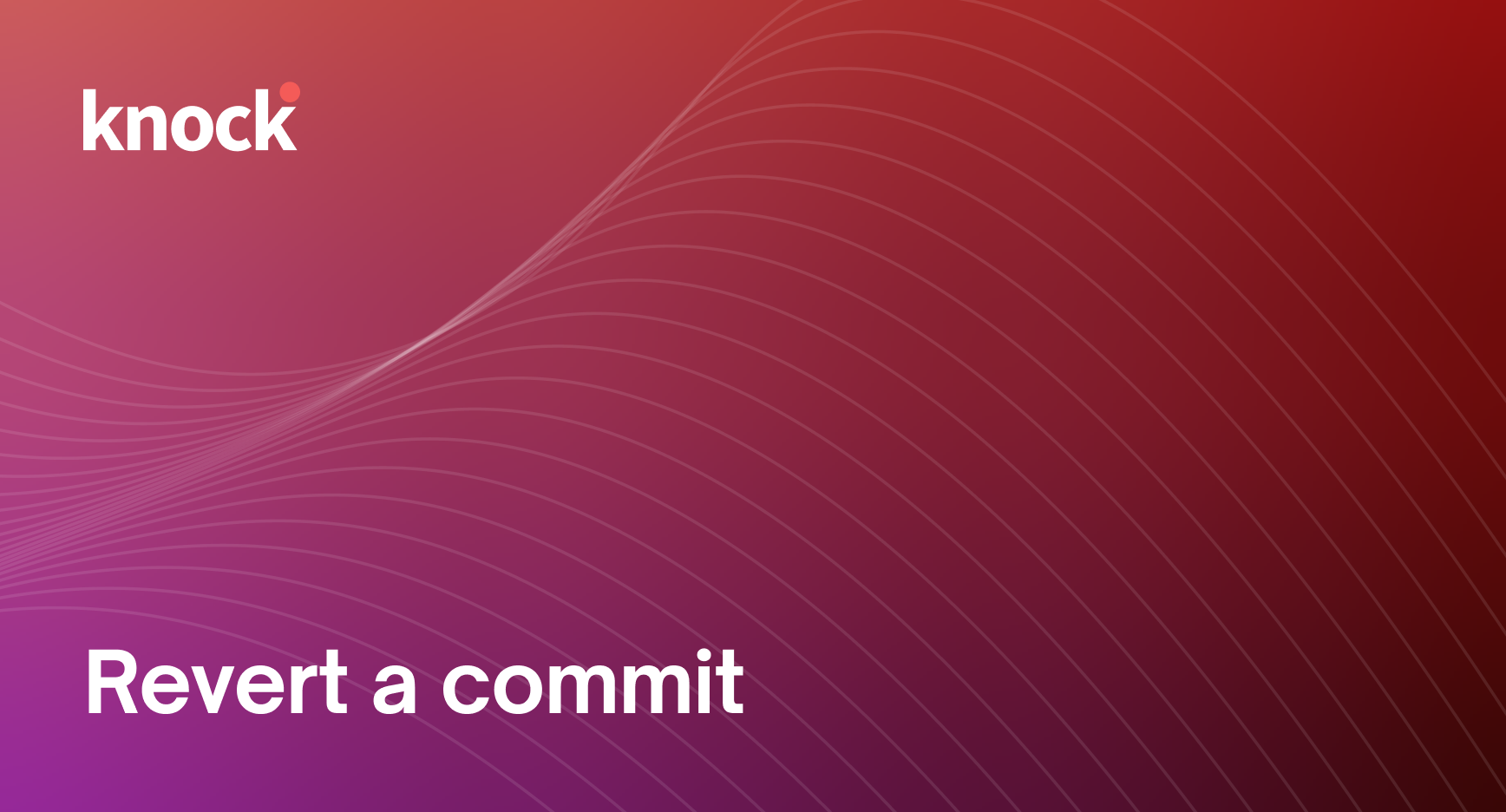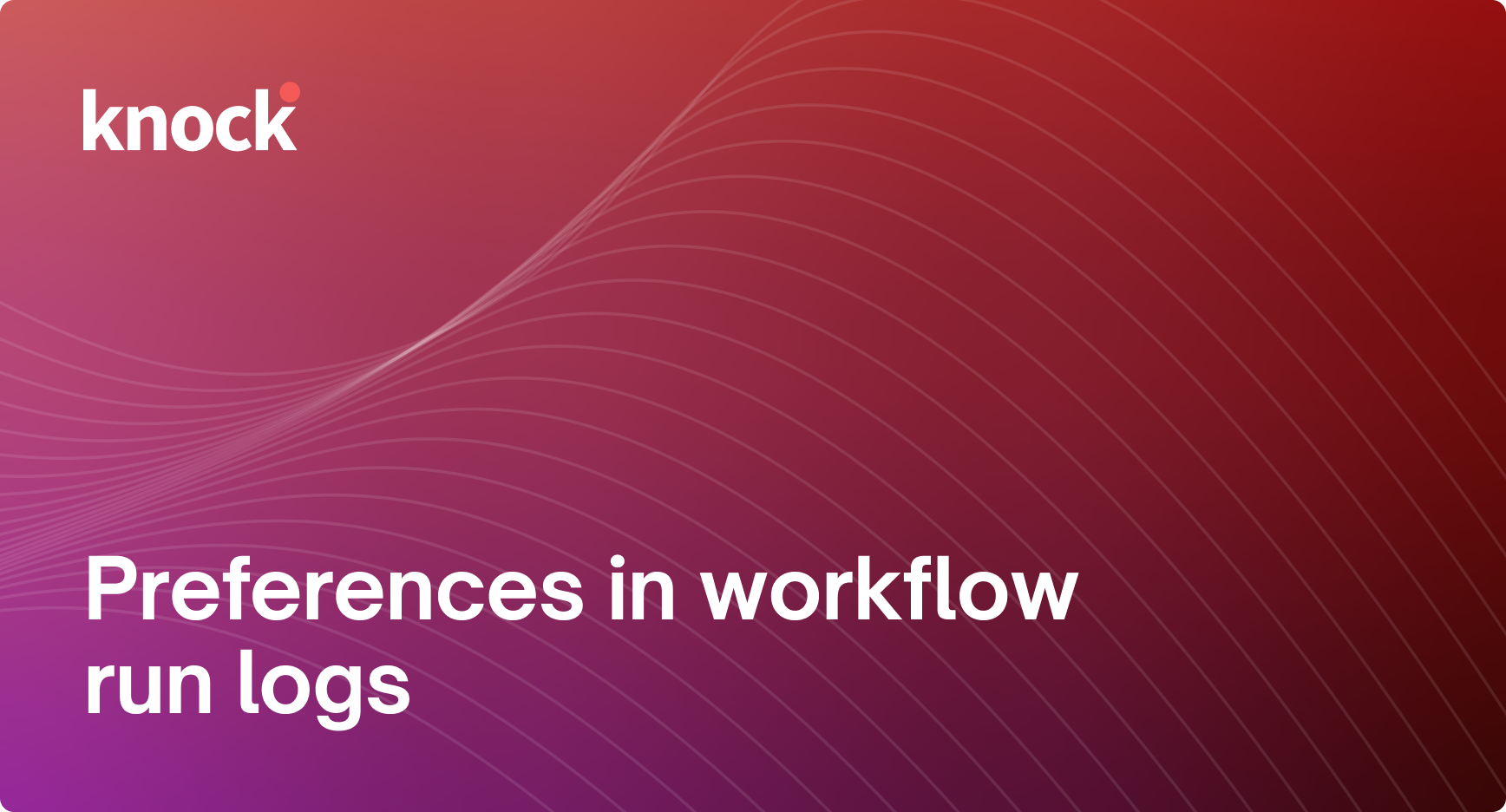In-app feed components for iOS and Android
Today we're releasing an update to our native mobile SDKs across iOS and Android to include pre-built components for powering out-of-the-box in-app feed experiences within your mobile applications. Previously, you had to build your own in-app feed experiences on top of our SDK. Now, with these new components, you can easily add an in-app feed to your app with just a few lines of code. Knock takes care of all of the heavy lifting for you, including fetching and displaying the feed items, handling pagination, real-time badge counts, filtering, and more.
Our in-app feed components are customizable and can be tailored to fit your app's design and user experience. If you need more flexibility you can bring your own UI components, and build on top of the view models provided.
You can get started by reading the documentation on iOS and Android.
Fixes and improvements
- 👀 We gave the main dashboard sidebar UI an overhaul, updating the icons in the process
- 👀 We migrated the colors in the dashboard to our new design system, Telegraph
- 👀 We added new filters for the messages API for engagement status, inserted at ranges, and by a list of message ids
- 🐛 We fixed an issue where the code editor would fallback to a serif on certain browsers
- 🐛 We fixed an issue with the tenants API that could cause a 500 error when creating or listing tenants
- 🐛 We fixed an issue with the code editor where you could not scroll the content when using the popout editor









